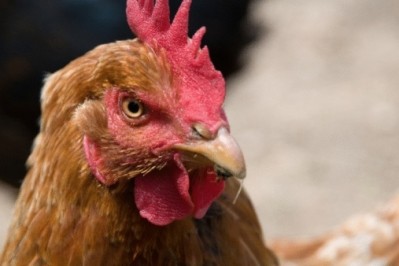ESBL bacteria rates fall in Danish meat

These are some of the findings in the annual DANMAP report from Statens Serum Institut and the National Food Institute, Technical University of Denmark. DANMAP is the Danish integrated antimicrobial resistance monitoring and research programme.
ESBL bacteria are one of the fastest-growing resistance problems worldwide. The bacteria are resistant to the type of antimicrobials known as cephalosporins, which are often used to treat life-threatening infections in humans.
The annual DANMAP reports show the prevalence of resistant bacteria in humans, meat and animals. According to the latest report ESBL bacteria have been found in 9% of Danish broiler meat samples and 25% of the imported broiler meat samples in 2014. This represents a significant decrease in the occurrence of ESBL in both Danish and imported broiler meat compared to previous years. In 2011 and 2012 when the occurrence of ESBL was highest in Danish and imported broiler meat respectively, ESBL was detected in approximately half of the broiler meat samples.
Danish poultry producers have not used cephalosporins to treat animals in broiler production for more than 10 years. “So when resistant ESBL bacteria are nonetheless found in Danish chickens, it is either because they survive in the production system or because they have entered production through imported parent animals of the chickens we eat today. ESBL bacteria can be passed down from generation to generation,” explained National Food Institute associate professor Lars Bogø Jensen.
“The fall in the occurrence of ESBL bacteria in both Danish and imported broiler meat in 2014 may partly be because of a voluntary discontinuation of the use of cephalosporins at the top of the breeding pyramid abroad. This looks to have had a positive effect on the breeding animals that Danish producers import,” Jensen added.
Since 1995 the DANMAP programme has monitored the use of antimicrobials in humans and animals in Denmark, and the occurrence of antimicrobial resistance in bacteria in animals, people and foods. The organisations behind DANMAP are the National Food Institute, the National Veterinary Institute (both institutes are under the Technical University of Denmark) and Statens Serum Institute. The DANMAP report is prepared by the National Food Institute and Statens Serum Institute.
























